In my poly-continental opinion, Colombia is one of the most desirable drifting destinations on the world map today. Nature seekers are mesmerized by its varied altitudes and long, rugged coastlines.
The vast and ever-changing interior boasts both fairy-tale and other-planetary-looking landscapes. This unprecedented natural beauty with its proximity to the equator makes way for striking biodiversity and scenery that might override your wildest visual dreams.
In South America’s northern most country, the journey seeker will find colorful, Spanish colonial architecture in large and small cities. People tend to be open and easy to talk to.people. The evident openness is enhanced in warmer and more tropical parts as opposed to high up in the three Andean chains.
These are just a few of the magical qualities that can be found in this tropical treasure trove of earth‘s engaging space. Colombia’s climatic varieties, micro climates, ethnic diversity, and regional music vary more than most outsiders could possibly fathom.
After spending roughly eight months in Colombia from 2021 to 2022, here are some pieces of detailed advice that could aid you during your journey to this very varied chunk of planet earth.
1. Acquire Basic Spanish or Build on the Spanish you Know
Unless you decide to stick exclusively to the hostel circuits on the Caribbean coast, Medellín and Bogotá, some language ability will be a communication game changer. An ability to speak Spanish will allow for better interaction with the average person you come across. Other than some tourist workers in the aforementioned places, Colombians generally don’t speak English. Still, there are plenty of exceptions and the idea of learning it is on many peoples’ thought plates.
Those who have lived abroad, and/or attended university, will be more than happy to chew the fat with you in English, or translate for you. And the general level is growing, especially among the younger generations. That said, like all of Latin America, the more Spanish you can throw down, the more interesting your experience will be. Besides, just attempting to start learning or building more of this humongous world language will broaden your being.
TIP FOR THE TONGUE: Chant this mantra whether you believe it or not: I LOVE SPANISH Or A ME ENCANTA ESPAÑOL. Convince yourself this and your trip and language learning experience will be enhanced.
2. Don’t Flaunt Your Dinero
It is helpful for the traveler to understand that most Colombians work hard and possibly aren’t compensated enough. I asked a Colombian about this and she said:
Es complicado.
The majority of the population earns between $9 and $19 per day. Most people work six days a week. 48 hours is standard. In many of these positions, there are typically zero fringe benefits. On top of this, many people have other jobs or side hustles. So try not to inadvertently boast about your awesome vacation and the cool things you have been spending your phat gringo money on.
Be modest. Don’t flash cash, or that smiling local you’re talking to might say something along the lines of:
Look at you, Mr. money bags.
This happened on my first evening in Medellín. I hadn’t spent time looking at the bills that had been spewed out by the airport ATM.
Learn from my mistake. Try not to pull out 50 thousand COP notes like they are dollar bills. To a North American or European, 50 K COP is about $13. To a local, it’s often a tough day’s wage, if the person has a job.
ALERT: It’s really easy to mix up a 50,000 COP note with a 5,000 one. The former is about $13 while the latter is $1.33. You’ll be out about $11.67 if you pay with the wrong bill and the server, clerk or street vendor doesn’t let you know. This has probably happened to a lot of people after just arriving in Colombia. Unless you are on a super-tight budget, the mistake should be an easy write off. But now that you are mindful of it, you probably won’t make this same mistake that I did.
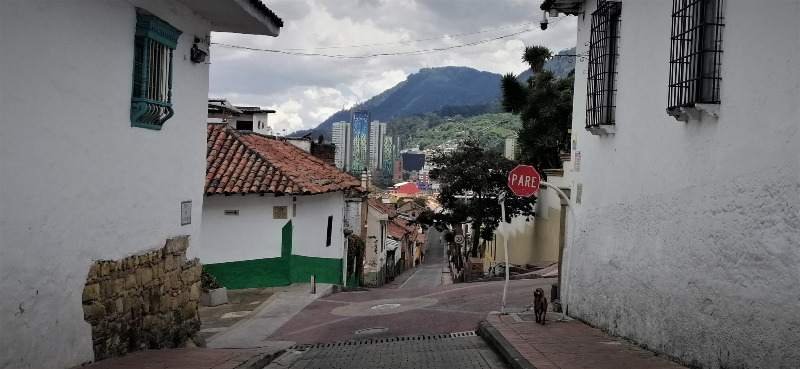
3. Don’t Dar (Give) Papaya (Be an Easy Target)
This is sage advice for any city, especially the big three: Bogotá, Medellín and Cali. Colombia might still have a reputation for being dangerous. But cities here aren’t more dangerous than in North America. And small towns seem super safe.
You should still be vigilant, just in case, especially if you’re walking around desolate areas near the quaint La Candelaria section of the mega capital. Whether it is day or night, immediately focus on finding your way back to where there are people. In a neighborhood such as La Candalaria, don’t carry cards, cash, or electronics that you have no use for. Take a couple of extra minutes to organize before walking outside. Stash unneeded cards and cash deep in your closed-up backpack and/or in your locked locker.
Unless you’re staying in the absolute cheapest place in town, the chances of someone going into the room and into the hiding places of your backpack are slim. No place of accommodation wants someone writing online that stuff got stolen from their room or bag. It could be a catastrophe for the hopsedaje or hotel. It is rare. I have never heard of it happening. On the other hand, since we can imagine it, it has occurred.
When walking around, stay alert, just like you would in a North American city. If you want to snap photos, take a glance around, be sure no one’s eyeing you, and snap away. Don’t keep your camera out. Put it away and get a move on while keeping your eyes peeled around you.
If you walk into an area that feels strange, as soon as your intuition conveys this awareness, turn back the other way. Many cities have compromised areas that you especially don’t want to wander around in after dark. If you feel the need, flag a cab and get to el centro or back to your accommodation or just out of the shady and potentially dangerous area. Nice, honest, concerned local people are often around to help and tell you where they think you shouldn’t roam. I typically take their advice.
In big cities, do not sit in open cafés or on the sidewalks with your electronic device(s). You might see others doing it. They are potential prey. In the years leading up to la pandemia, crime continued to dramatically decrease. But then, lock downs affected many, and increased desperation has become a reality.
I heard gunshots in an open café where I was sitting in posh, Manila, Poblado, Medellín in August of 2021. A man walked by me and over to the other side of the etablishment and started firing on three guys, one was his boss from the hotel next door.
This is the only scary thing that happened in eight months in Colombia. This is the reason I say:
Don’t sit outside with your electronics in a city.
I stopped doing it after this occurrence.
The majority of Colombians I have met are genuinely warm, friendly, and open. And if they are costeño (from the Caribbean coast), they might be the friendliest people you’ve ever met.
4. Do Not Trust English Speaking Strangers in the Streets
If a person on a city street walks up to you out of the blue speaking very good English, there is a chance they want something and it may not be a win-win situation. Just tell them in either language that you are not interested. Be nice, but firm. These people have no right to pester you if you are not interested in what they have to offer, in which case they will almost always leave you alone.
Do not go anywhere with a stranger for any reason, even if they seem super-cool and legit. You don’t know them or where they are taking you. It could be a set up to rob you of a chunk of what you might have access to.
If guys in nicely dressed suits walk up to you telling you they are cops while flashing their badges, tell them you are not interested and don’t show them anything. Tell them you have nothing and they can come back to your accommodation with you. They will then move on to another piece of potential prey.
Real policemen don’t ask tourists for money and passports, especially in plain attire, and in English. A detective in a suit is not going to casually stop a random tourist in the street. The police you see in the streets will gladly give advice in Spanish if you ask.
These instances are incredibly rare but they can and do occur.
5. Everything is Negotiable
Not everything, but many things are negotiable in Colombia. In malls, supermarkets and restaurants, prices are fixed. But for most other things, haggling is common and often expected. Anything on the street is typically negotiable and there are instances where you are asked three or four times the original price. You have to be super calm and patient, and be prepared to walk away if you know the real price and they aren’t willing to get closer to meeting it.
Street food is typically non negotiable. There are exceptions, for example, if they are clearly overcharging you, then talk them down to the real price. If they don’t want to give you the local price and you do not want to pay the extranjero price, then walk away. No one will care.
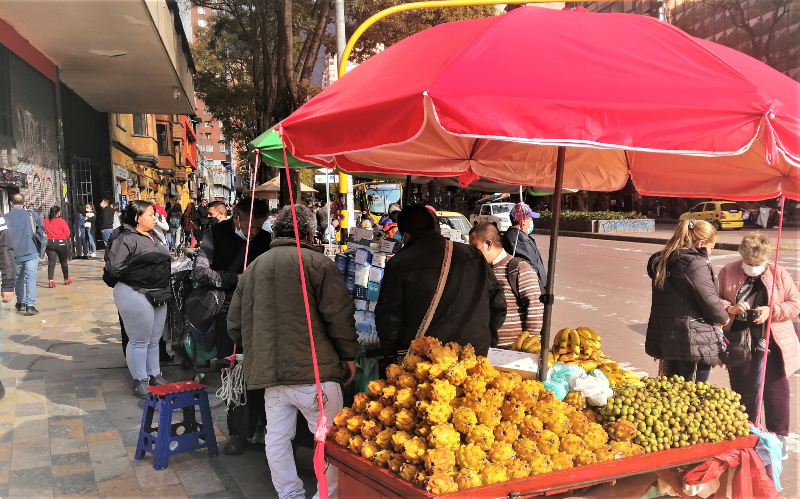
TIP FOR THE TONGUE: The first thing to learn in a foreign language is the numbers. It will save you money. And the phrase: ‘How much?’ should be memorized. Spanish phrase books will teach you: ¿Quanto cuesta The colloquial and more common way to say it is: ¿Quanto vale?
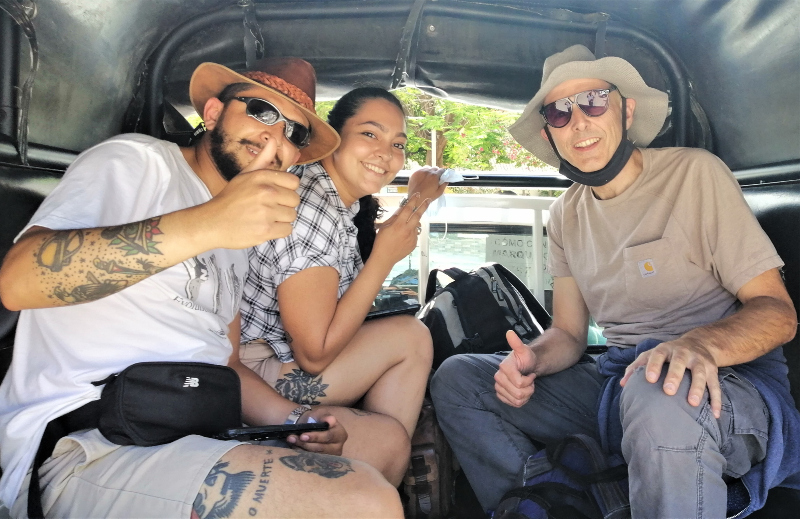
For short journeys, like the one-hour jeep ride from Neiva to Villavieja, next to the Tatacoa Desert, had a fixed price of 10,000 COP ($2.66) in October of 2021. The one-hour van ride from Santa Marta to Minca in Magdalena costs a fixed 9,000 COP ($2.38).
Long distance bus tickets are always negotiable. If you are able to eavesdrop on a Colombian purchasing a bus ticket, you will notice that they are asking for and getting a discount. After I am told the price of a ticket, I ask for a discount, too:
¿Hay descuento?
Of the handful of times I have been to Colombia, I do not recall ever not getting one. They always drop the price by 10 to 30% and usually closer to the latter. It is possible to keep haggling further, but I always accept the first discount. Being from a place where transportation discounts are unheard of, any discount feels good. And it would feel awkward to try bargain down further when the discount offered is often close to or as much as 30% the original price.
If you’re taking a multiple-hour ‘particular’, or a shared, sometimes makeshift taxi, as a foreigner, you may feel the need to haggle for more than a 30% discount, and rightly so. But every situation is different. Sometimes the price will be reasonable and you won’t need to haggle. Bargain as you see fit.
6. Your Level of Patience May Need A Jolt
Like in most tropical countries, things don’t happen as fast as what we are used to in North America, Europe or north northern parts of Asia.
In colder climates, people move considerably faster. There doesn’t seem to be enough time. While in warmer climates, people have plenty of time. The concept of time does not mean the same:
Could four season climates as opposed to virtually the same climate year round, give us a different concept of time? Or are benign climates more relaxing?
Most Mom & Pop establishments don’t have cash registers. People have to use a calculator. Finding change isn’t always easy. And it is worse when you present a 50 COP bill for something that costs much less. As much as you can try to avoid this, at times it will be unavoidable. Don’t worry. Smile. Hang out. Things will work themselves out.
When you’re at a store, government office, restaurant, café, ATM, bank or anywhere else, things sometimes move slowly. When this is the case, you will have to endure it. Optimism and patience are your best friends. While you are waiting: stretch, breath, or eavesdrop. Improve your Spanish. Tell yourself you are making leaps and bounds towards self actualization by being able to wait the situation out stress-free.
They will eventually take care of your bill, order, or change, whatever it is you’re waiting for. And you’ll be on your merry way, an improved person for being able to adapt to the calmer tropical vibes. And it might make you think:
Why are we always in a rush? Do Latinos have a superior way of perceiving time? Whether we rush or whether we don’t, the same amount of time goes by.
With a little bit of common sense, a positive and open attitude, and these six concise Colombian travel tips, you are sure to have the time of your life in charming Colombia.
Are you planning a trip to Colombia in the near or distant future? Are you there now? Feel free to leave a comment below.
Here are 79 photos from Bogotá.

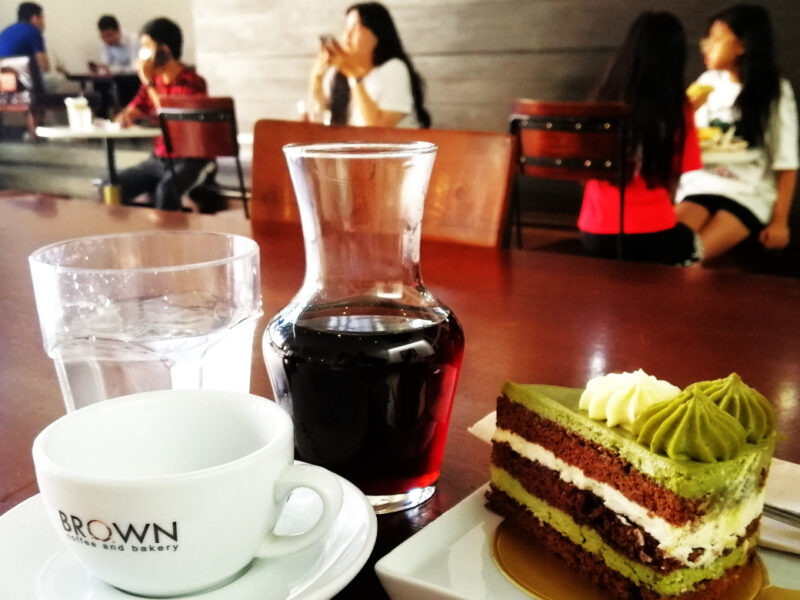
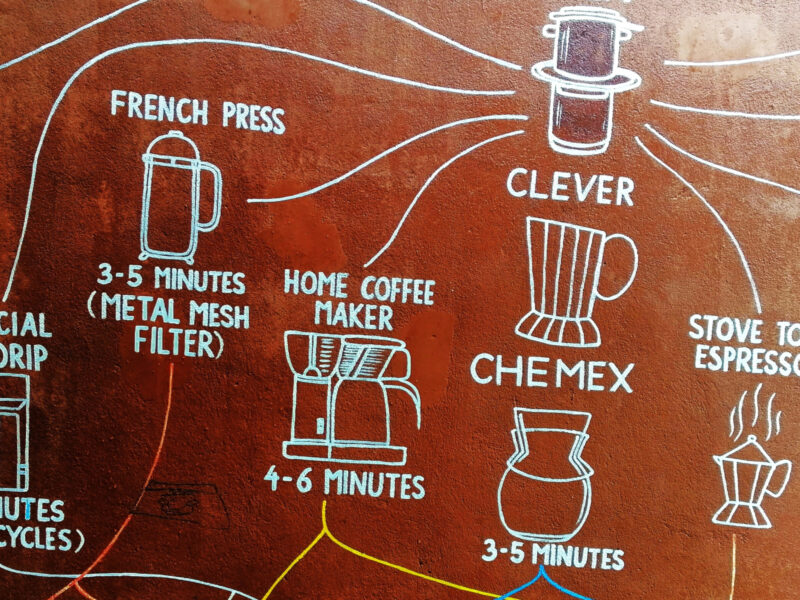
Best view i have ever seen !
This weather looks really good !
Excellent, what a blog it is! This blog presents helpful facts to us,
keep it up.
I really like it when people get together and share ideas.
Great blog, stick with it!